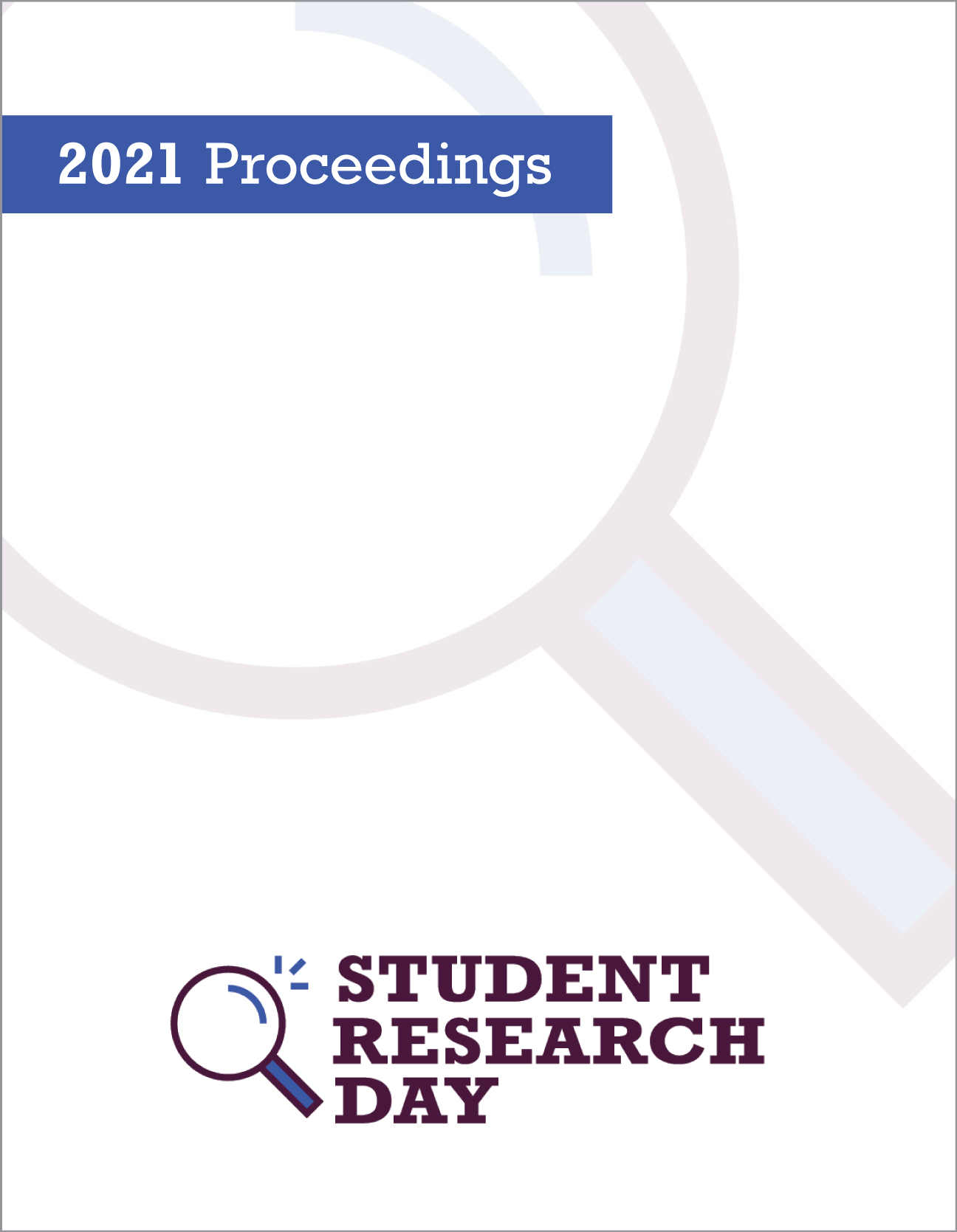The Significance of Osteobiographies: Building a Life Narrative for the Individuals buried in the Royal Navy Hospital Cemetery (1793-1822) in Antigua
Abstract
To better understand the past holistically, osteobiographies provide an excellent framework for bioarchaeologists. Through building an osteobiography, many lines of evidence need to be analyzed, such as the mortuary, social and historical context of a site, and skeletal data. This paper looks at multiple lines of evidence required to build an osteobiography, using a cemetery in Antigua as a case study. In Antigua, a site on the English Harbour was excavated from 1998-2001, where 30 suspected naval soldiers were buried. This site was located behind a Naval Hospital that ran from 1793-1822 AD during the Napoleonic Wars. Many researchers have studied this site since 2001, attempting to learn more about the history of this site, considering there was little historical documentation recovered. While using the Antigua cemetery as a case study, I will expand on how different lines of evidence are used to analyze the geographic origins of individuals, skeletal data, and the social, mortuary, and historical context of the site. The objective of this paper is to discuss the significance of osteobiographies to bioarchaeology, while highlighting some of the limitations associated with creating osteobiographies.
Department: Anthropology
Faculty Mentor: Dr. Treena Swanston
Published
Issue
Section
License
Authors retain any and all existing copyright to works contributed to these proceedings.



